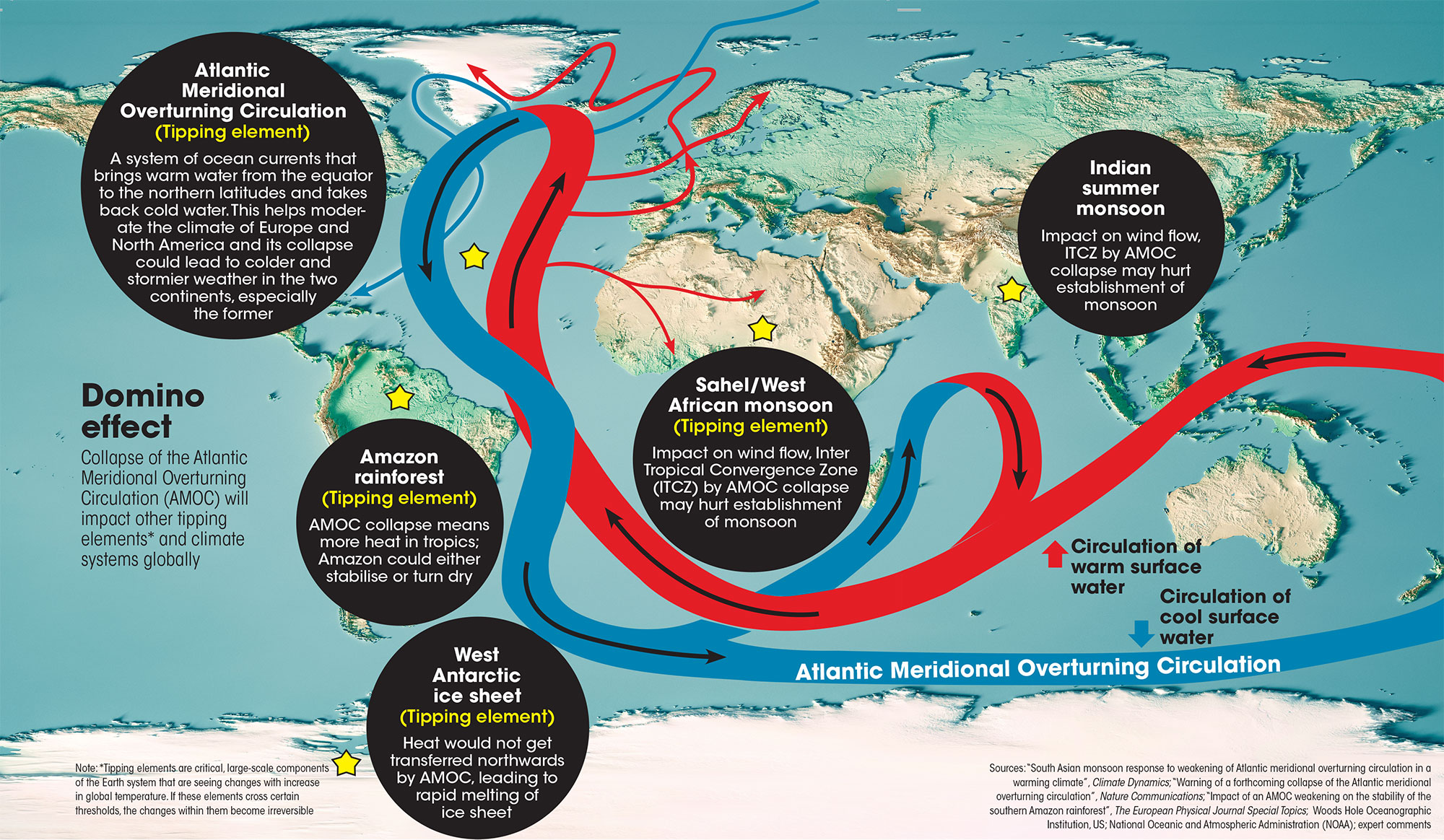Recently, the Parliamentary Standing Committee asked the Ministry of New and Renewable Energy (MNRE) to ensure wider adoption of grid-connected rooftop solar photovoltaic projects (RSPV).
India aims install 175 gigawatts (GW) of renewable energy from solar, wind, biomass and hydro resources by 2022 with a target of 40GW from solar alone. Now, the revised deadline is March 2026.
Pradhan Mantri Suryodaya Yojana (PMSY), launched in 2024 to tap into the vast potential of rooftop projects in residential areas. As per Interim Budget of 2024, it would help 1 crore families get up to 300 units of free electricity per month with savings of up to Rs 18,000 annually.
Reference
The Hindu| Rooftop Solar Photovoltaic System in India
The 14th Conference of Parties (COP14) to the Convention on the Conservation of Migratory Species (CMS) of Wild Animals held recently in Samarkand, Uzbekistan in 2024.
Convention to Conservation of Migratory Species (CMS) is the only global convention specializing in the conservation of migratory species, their habitats and migration routes.

References
The 1st ever report on the ‘State of the World’s Migratory Species’ was launched at CMS COP14 that held in 2024 at Samarkand, Uzbekistan.
UN Environment Programme World Conservation Monitoring Centre (UNEP-WCMC) is a global Centre of excellence on biodiversity. It operates as a collaboration between the UN Environment Programme and the UK-registered charity WCMC.
Living Planet Index is managed by the Zoological Society of London, in collaboration with World Wildlife Fund for Nature.
Migratory species are species that traverse 1000’s of miles throughout the world for feeding, breeding and resting. They are found all over the world on land, in the water and in the skies and play an essential role in the maintenance of healthy and functional ecosystems.
References
Recently, violence erupted in Uttarakhand’s Haldwani district after the administration conducted a demolition drive at the site of a mosque and madrasa, allegedly on Nazool land.
|
Emergence of Nazool Land in India |
|
Reference
The Indian Express| Dispute in Nazool Land
A recent research paper reports that, Atlantic Meridional Overturning Circulation (AMOC) could collapse between 2025 and 2095 due to the impact of anthropogenic emissions.
Tipping elements are large-scale systems that influence the planet’s climate and ecology, which are undergoing changes due to global warming. If these elements cross certain thresholds changes in them will become irreversible.

Reference
Down To Earth| Collapse of AMOC
|
Eratosthenes |
|
Israeli scientists find new underwater canyon near Cyprus.
|
|
Mankur Mango (or) Malcorado |
|
Goa’s most popular mangoes going for Rs 5,000 a dozen.
|
|
Cuscuta Dodder |
|
Parasitic creeper preys on Chengalpet forests, Vedanthangal Bird Sanctuary.
|
|
Nalgonda Lamppost |
|
Telugu-Tamil Inscription on 17th Century Lamppost Unearths Trade Links.
|
|
List of countries that use UPI |
|
Government releases list of countries where UPI Payments are accepted.
|
|
Gupteswar Forest |
|
Gupteswar forest in Odisha declared as Bio-Diversity Heritage site (BHS).
|
|
Golden IT Corridor |
|
Railway line to connect Nilambur in Kerala to Nanjangudi in Karnataka on Golden IT Corridor.
|
|
White Paper |
|
The government has come out with a white paper on the Indian economy.
|
|
Obelisks |
|
A new virus-like entity has just been discovered.
|
|
Performance Assessment, Review, and Analysis of Knowledge for Holistic Development (PARAKH) |
|
Department of School Education & Literacy, chaired a review meeting on PARAKH.
|